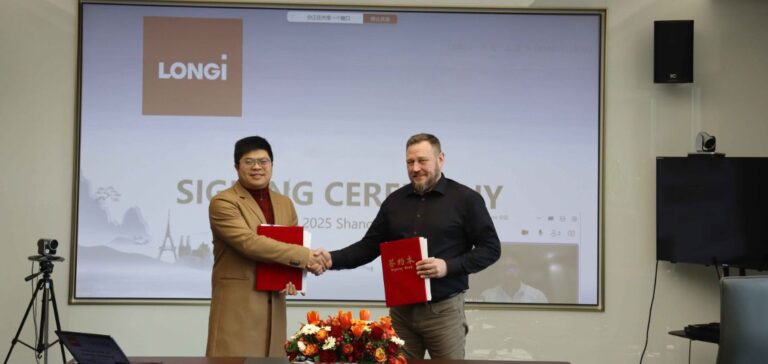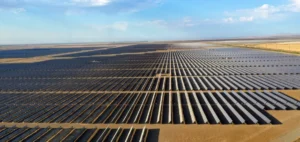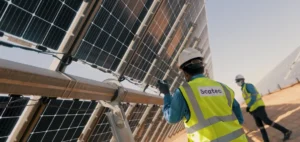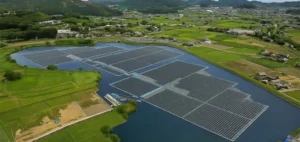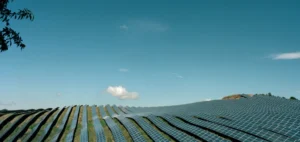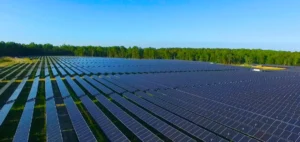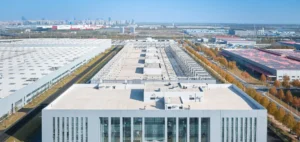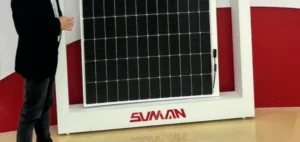LONGi Green Energy Technology Co. has entered into a strategic agreement with a Finnish energy company to supply 102MW of Hi-MO X10 back contact solar modules. This contract marks a significant step for the Chinese group in the Nordic market, particularly as Finland expanded its photovoltaic capacity to 1.2GW by the end of 2024, up from 1.0GW in 2023.
Targeted deployment on public infrastructure
The modules will be installed on public buildings, including hospitals, schools, shopping centres and warehouses. The aim is to reduce electricity costs for these infrastructures while meeting the structural demands of the Finnish climate. Due to their design, Hi-MO X10 modules are suited to low irradiation and high snow load conditions, common in northern regions.
The project is expected to reduce annual carbon dioxide emissions by between 105,672 and 163,200 tons, according to the supplier. Without disclosing the investment amount, LONGi stated that this delivery marks the first deployment of the Hi-MO X10 series in such a high-latitude region.
Technology optimised for extreme conditions
The Hi-MO X10 modules use advanced Back Contact (BC) technology, achieving a mass production efficiency of 24.8%. This technology provides improved performance under low-light conditions and enhances daily energy production. Thanks to its contact-free front surface, the module reduces the risk of localised overheating and maintains operational stability over time.
LONGi noted that the module was engineered to withstand extremely low temperatures and long-term snow accumulation, typical of Finnish winters. Furthermore, its uniform appearance facilitates integration into existing buildings, meeting the aesthetic requirements often demanded in Nordic architectural projects.
Established presence in a shifting market
LONGi has been active in the Finnish market since 2018, reinforcing its position in a country aiming for carbon neutrality by 2035. The Finnish government supports a transformation of its energy mix, combining solar, wind and hydropower. The company believes that the Hi-MO X10 modules, with their technological adaptability, meet current demands for integrated solar solutions in an evolving energy landscape.
Han Ziwei, General Manager of LONGi Nordic, stated that this partnership represents “a key milestone in the global deployment of back contact technology,” adding that the project highlights the module’s ability to perform across various climatic scenarios.


